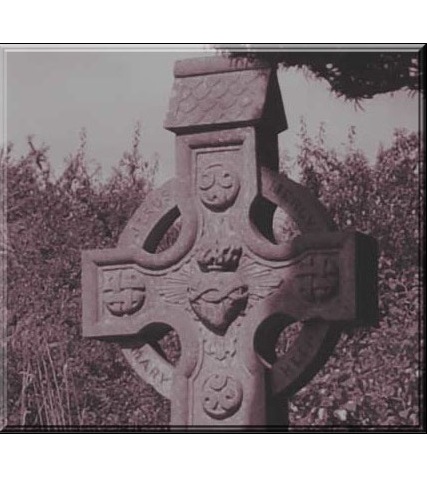Sackville Street Post-1916
Look carefully and, even today, you will see telltale signs of bullet damage on buildings and sculptures caught in the crossfire.
Strangely the GPO’s façade, one of the places one would expect to be riddled with pockmarks, is entirely devoid of bullet damage. Holes in the columns have been confirmed by the Irish Post Office (and supported by Dublin History Guru Pat Liddy) as NOT being attributable to action in 1916.
So if they’re not on the GPO, where are the scars of the birth of the Irish Nation to be seen?
The most striking damage is seen on the Daniel O’Connell memorial in
The winged Victory figures represent patriotism, courage, eloquence and fidelity. The Victory representing Eloquence (with the book) sustained an elbow “wound”
The Winged Victory vanquishing the snake (Courage) has a hole in her breast.
The sword that one graced the statue of Patriotism quite recently had its blade broken off. I distinctly remember seeing it in situ in the 1970s.Anyway back to bullets; Daniel O’Connell’s statue’s chest is quite peppered with battle damage as you can see here

Over to Stephen’s Green and you’ll see the Fusiliers’ Arch. Many people are blissfully unaware of its purpose as a memorial to the Dublin Fusiliers who fell in the Boer War. Perhaps its anonymity – being “hidden in plain sight” has saved it from the destruction meted out over the years to
Finally here is the
The Four Courts is similarly pockmarked:

This evidence of history provides a real, thought-provoking, physical connection with history. A different experience to reading a book about the events in Dublin in 1916 (or indeed reading a blog about it!) these scars vividly bring home a sense of the events having really happened.







